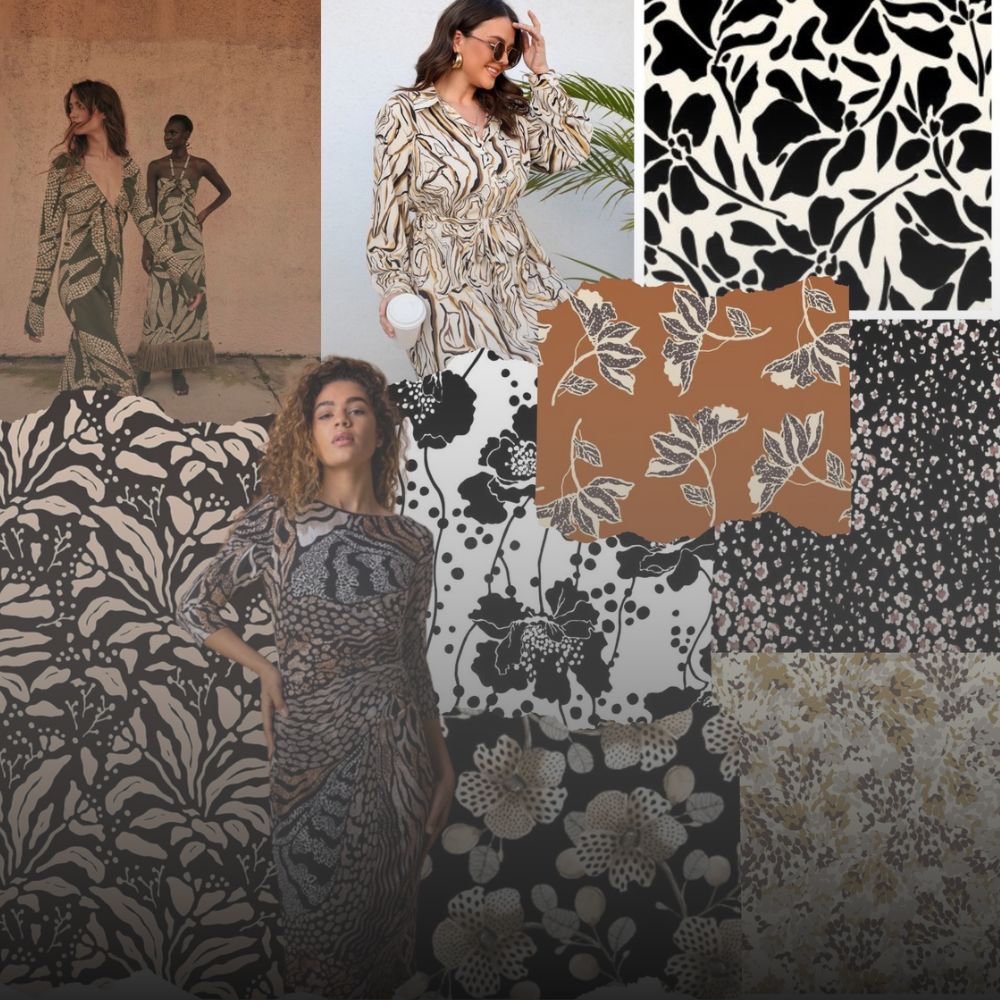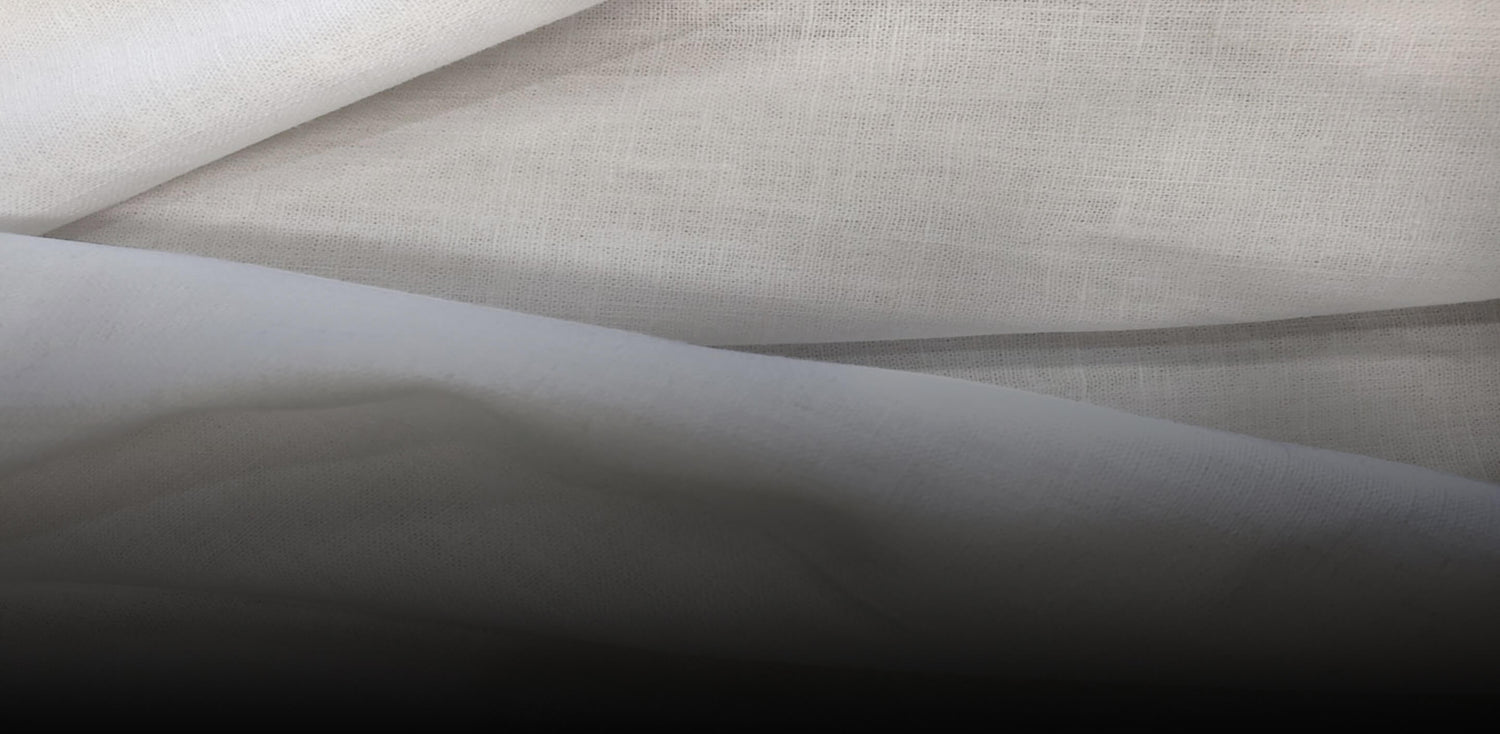Countless materials and fabrics, each with its unique set of qualities, are at your disposal. Each has benefits and drawbacks, and is used for different purposes. However, before sourcing fabric, have you ever wondered whether the cloth used is genuinely safe for your skin? For the benefit of everyone and everything in the universe, not just yourself.
Yes, there is a lot to think about whether you are only planning a simple wardrobe revamp or DIY project or planning to launch a designer apparel collection. The subject of natural materials, however, is one that we feel strongly about, and as such, we'd want to explore it more.
Natural fabrics refer to textiles woven from organic materials. Fabrics such as natural silk, cotton, linen, and leather have been in use for hundreds, if not thousands, of years.
Fibres from both plants and animals are shown here. Yarns are spun from fibres to generate textiles. These fabrics are used for a wide variety of purposes, including apparel, upholstery, and home decor. We put them to work in places as varied as the manufacturing and healthcare industries.
Why you should choose it

Most natural materials are also biodegradable, wicking moisture away from the skin, breathable, long lasting, responsive to heat, and dirt and mould resistant. It is possible to grow cotton without using harmful pesticides and chemicals by opting for organic cotton which is more costly to produce and buy.
Natural fibres' superior absorption is a major benefit. Fabrics with moisture-wicking properties enable air to circulate through them, removing sweat and keeping the wearer dry. Fabrics like cotton and linen are great choices if you tend to overheat or if you're travelling during the warmer months.
Beneficial for sensitive skin

Synthetic fibres might irritate the skin of those who already have sensitive skin or allergies. Fabrics made from synthetic fibres like polyester, nylon, or viscose may irritate even the most delicate skin.
Linen, silk, and cotton are all great examples of hypoallergenic fabrics. Their special antibacterial properties also make them a good choice for anyone with hypersensitive or allergic skin. These textiles are perfect for use on the delicate skin of infants. The hypoallergenic and organic fabric is almost a given when it comes to being kind on the baby's skin.
Why natural not synthetic

Some people may think of coarse, burlap-like materials when they consider natural textiles and fibres. Extremely antiquated, itchy, and out of style. They're completely incorrect about it. Plants including flax, cotton fibre, jute, and even cannabis are the source of many of these fabrics. Fabrics made from natural materials have evolved significantly from their primitive roots.
From simple elements, humans have developed an abundance of useful materials. These are as elegant and fashionable as anything made from synthetic materials. Fabrics like silk, cashmere, and mohair are sourced from animals. They are often regarded as the classiest and most lavish options imaginable, whether manufactured or found in nature. Many designers, both well-known and emerging, are opting to employ only natural fabrics in their designs in an effort to create more sustainable and morally sound garments.
Fabrics manufactured from a combination of natural fibres and synthetic yarns provide the best of both worlds. Considering the variety of alternatives, it is prudent to take some time to examine the cloth in further detail.
Easy available

You can get natural fibres; you simply need to know where to search. Cotton, silk, and linen may be the most often seen fabrics in stores, but there are many more possibilities out there. You shouldn't have to go on a scavenger hunt or seek out specialty retailers to get them. Fabriclore is committed to meeting the needs of our shoppers by stocking a wide variety of natural fabrics and textiles. The market for natural materials is rising, but it needs to increase even more as people become more conscious of the origins of the clothing they buy.
FAQ
What are examples of natural fabrics?
Cotton, denim, wool, and silk are all examples of popular natural materials. All of the fibres used to make such textiles are entirely sustainable. Cotton, silk, and wool are all sourced from plants and animals, respectively.
Is polyamide a natural fabric?
Du Pont, a well-known American corporation, invented the synthetic material polyamide in the 1930s. Nylon is another name for it. Polyamide, which is made in the form of long, thin filaments, has an elastic structure and was originally used with great success to make women's stockings.
How can I dye my clothes at home naturally?
Pick a food high in tannins, since they create excellent dyes; here are some recommendations. For the colour blue, you may use black beans; for purple, use red cabbage; for pink, use avocado peels and pits; for orange, use the skins from yellow onions; for gold, use crushed turmeric; and for green, use spinach.
We also happen to be a magnet for suggestions, and would love to catch yours….throw us yours on hello@fabriclore.com






Leave a comment
This site is protected by reCAPTCHA and the Google Privacy Policy and Terms of Service apply.